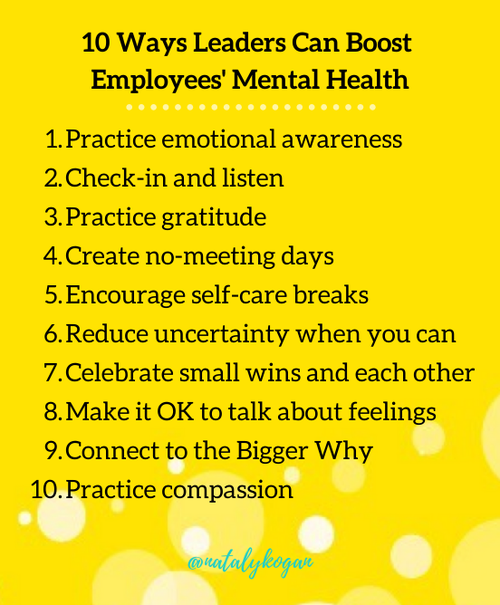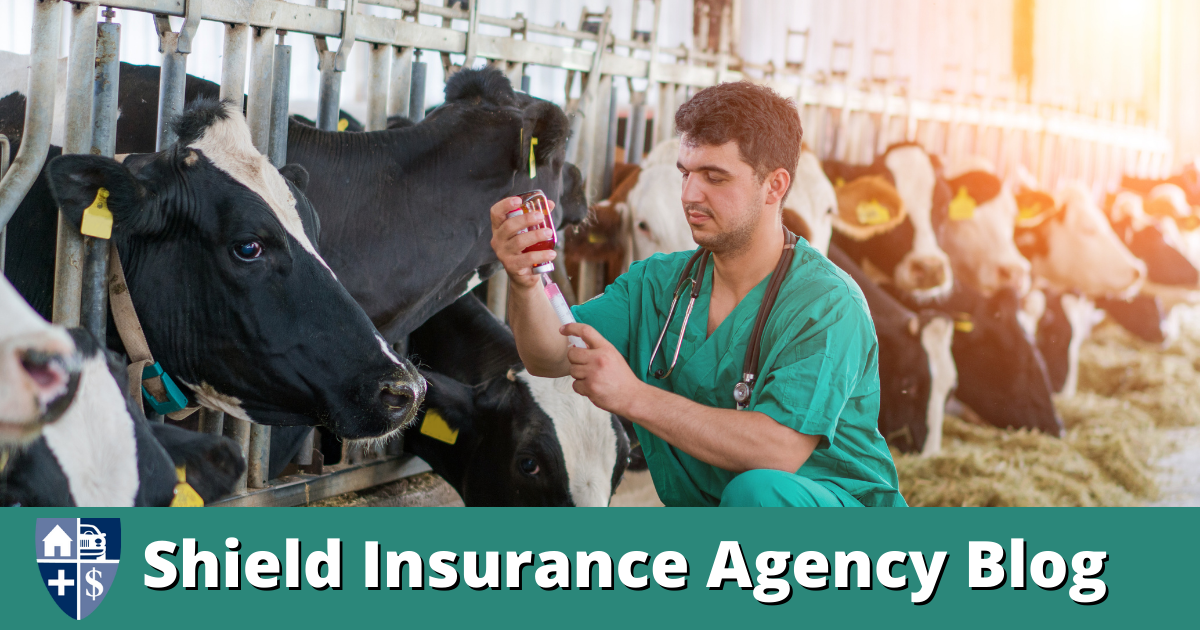
6 Money Habits to Break in 2023
Get off to a good start by stopping some common (bad) money habits.
AARP | By Karen Hube | December 12, 2022 | Money Habits | Shield Insurance Quoting Portal
You may not be able to do anything about big problems afflicting the economy and the stock market, but little changes to your everyday activities can help shore up your financial security. Consider the following six routines — and why you should ditch them in 2023 for better money habits.
1. Constantly checking your portfolio’s value
During rocky times in the market, it’s natural to want to know how your investments are holding up. But the more often you check, the wider you open the door to counterproductive emotions. Exuberance can fuel overconfidence and unwise risk-taking, while fear of loss can drive you to yank money out of stocks and miss out on future returns, says Chris Orestis, president of Retirement Genius, a financial planning website. Either way, you impair your portfolio’s long-term growth potential.
HOW TO BREAK THE MONEY HABITS
Keep in mind that short-term ups and downs are a package deal when you invest in stocks, but over time the stock market has recovered from declines and resumed climbing. In the past 42 years through 2021, the S&P 500 had intra-year declines in every year averaging negative 14 percent, with dips of 10 percent or more in 23 years, according to Fidelity. But the index ended in positive territory in 35 years, and the average annual return has been around 14 percent.
2. Downplaying the risk of cybercrime
You might think cybertheft will never happen to you, but the older you are, the more likely you are to be a target. Cybercriminals stole nearly $3 billion from people 50 and older in 2021 — more than all younger age groups combined — according to the FBI. The most common tactic is to entice people into providing personal data by phone or email, or into clicking on seemingly innocent links that let criminals access information on a target’s computer. Paul Tracey, CEO of Innovative Technologies, a cybersecurity company, says scammers have been getting increasingly sophisticated. They commonly pose as employees of familiar companies and drop personal details about you that make them seem legitimate, such as your birthday or where you live (often easily found in an online search).
HOW TO BREAK THE MONEY HABITS
“Anytime you get a request for an account number or personal information, or anytime you are invited to click on a link, you should be skeptical,” says Tracey. Use different complex passwords for each of your sensitive accounts and change them quarterly. That way, if a password for one account is revealed in a security breach, hackers can’t use it to access your other accounts.
3. Making minimum payments on your credit card
A fast way to eat up cash is to keep a large balance on your credit card. One major reason why: The average annualized interest rate on credit card debt was 18.9 percent in early October, reports Bankrate. Let’s say an issuer makes carrying a balance easy by setting a minimum payment of just 1 percent of the balance or $25, whichever is larger; if you rack up $1,000 in charges in a month and then pay only the minimum, you’d need more than nine years and pay nearly $2,000 to close out the balance. Credit card debt surged 13 percent in the second quarter of 2022 compared to a year earlier — the largest annual hike in at least two decades, according to the Federal Reserve Bank of New York.





























































